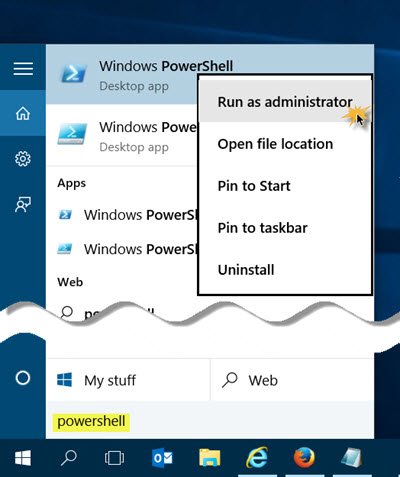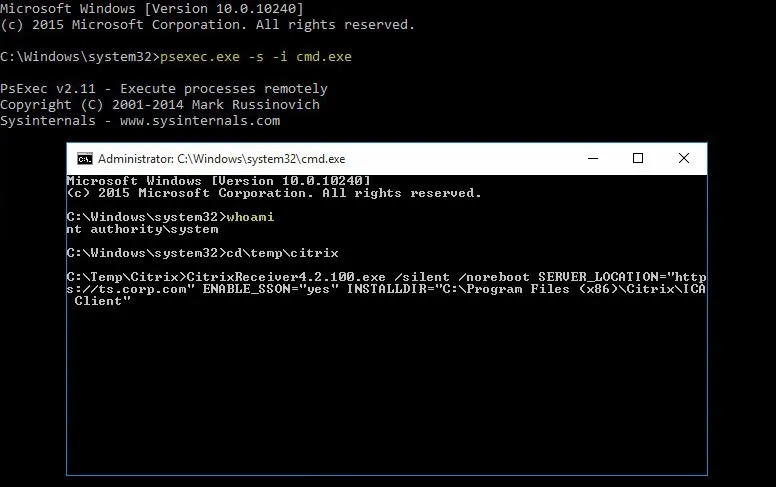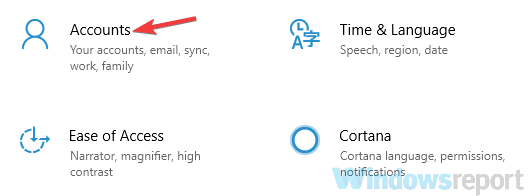

Method 3: Use System File CheckerĪfter trying Method 1 and Method 2, if the problem continues, use System File Checker to check for and repair the corrupted system files.ġ. Change the value data to 0x00000001(1) then click OK.Īfter that, you will see the Data changed in the pane.ġ1. In the right side, right click on Default and select Modify.ġ0. Go to HKEY_LOCAL_MACHINE\SOFTWARE\Microsoft\Windows\CurrentVersion\Policies\System\UIPI. Type regedit into the run box and click OK.ĩ.

Click Apply then OK.ħ. On your keyboard, press Win+R keys to open the Run box again.Ĩ. Under the Local Security Setting tab, select Enabled. In the right pane, right-click on User Account Control: Admin Approval Mode for the Built-in Administrator account and select Properties.ĥ.

Click Local Policies then Security Options.Ĥ. Type secpol.msc into the box and click OK.ģ. On your keyboard, press Win+R (Windows logo key and R key) at the same time to invoke the Run box.Ģ. Method 2: Enable Admin Approval Mode for the Built-in Administrator Accountġ. If it is already in the 3rd option, skip this method.Ħ. Set the Slider to the 3rd option from the bottom as below. Click Change User Account Control settings.Ĥ. View by Large icons and click User Accounts.ģ. To fix the error, you can try the methods below: Method 1: Change User Account Control SettingsĢ. Or appear like this: This app can’t be activated by the Built-in Administrator. The error may appear like this: can’t be opened using the Built-in Administrator account. It is impossible for you to run the application when you meet the error. This app can’t open with built-in administrator error could occur when you are trying to open applications, or when you start Windows.


 0 kommentar(er)
0 kommentar(er)
